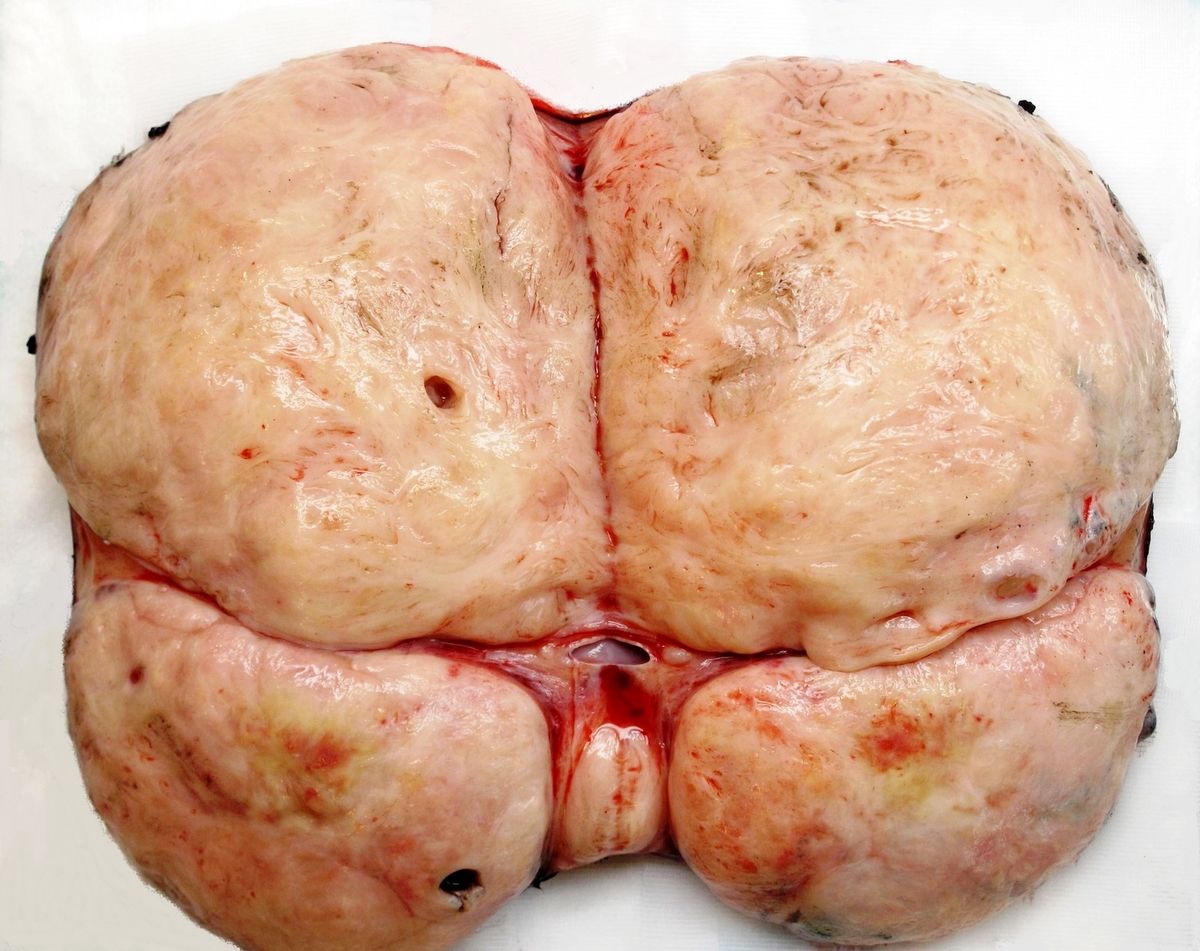
Nephroblastoma, also known as Wilms' tumor, is a rare kidney cancer primarily affecting children. Did you know that this condition accounts for about 5% of all childhood cancers? Most cases are diagnosed before age five, with a higher prevalence in girls. Symptoms often include abdominal swelling, pain, and sometimes fever. Early detection and treatment are crucial for improving survival rates. Interestingly, nephroblastoma can be associated with certain genetic syndromes, such as WAGR syndrome and Beckwith-Wiedemann syndrome. Treatment options typically involve a combination of surgery, chemotherapy, and sometimes radiation. Understanding nephroblastoma can help parents and caregivers recognize early signs and seek timely medical intervention. Let's dive into 34 essential facts about this condition to better grasp its impact and management.
What is Nephroblastoma?
Nephroblastoma, also known as Wilms' tumor, is a rare kidney cancer primarily affecting children. Understanding this condition can help in early detection and treatment.
- Nephroblastoma is the most common type of kidney cancer in children. It accounts for about 90% of all kidney cancers in kids.
- Most cases are diagnosed before age five. Early detection is crucial for effective treatment.
- The tumor often affects just one kidney. However, in rare cases, both kidneys can be involved.
- Symptoms can include a swollen abdomen, fever, and blood in the urine. These signs should prompt immediate medical attention.
- Nephroblastoma is named after Dr. Max Wilms. He was a German surgeon who first described the tumor in 1899.
- The exact cause of nephroblastoma is unknown. Genetic factors and certain syndromes may increase risk.
- Children with certain birth defects have a higher risk. These include aniridia (absence of the iris) and hemihypertrophy (one side of the body larger than the other).
Diagnosis and Treatment
Early diagnosis and appropriate treatment are vital for improving outcomes in children with nephroblastoma.
- Ultrasound is often the first imaging test used. It helps in identifying the presence of a tumor.
- CT scans and MRIs provide detailed images. These tests help determine the tumor's size and spread.
- A biopsy confirms the diagnosis. A small tissue sample is examined under a microscope.
- Surgery is a common treatment. The affected kidney is usually removed in a procedure called a nephrectomy.
- Chemotherapy is often used alongside surgery. It helps kill any remaining cancer cells.
- Radiation therapy may be necessary. This is particularly true if the cancer has spread beyond the kidney.
- Treatment plans are tailored to each child. Factors include the tumor's stage and the child's overall health.
Survival Rates and Prognosis
Advancements in medical treatments have significantly improved survival rates for children with nephroblastoma.
- The overall survival rate is around 90%. This is due to effective treatment protocols.
- Early-stage tumors have a better prognosis. Stage I and II tumors have higher survival rates.
- Advanced-stage tumors require more aggressive treatment. Stages III and IV may involve more intensive chemotherapy and radiation.
- Regular follow-up is essential. Monitoring helps detect any recurrence early.
- Long-term side effects can occur. These may include kidney function issues and secondary cancers.
- Psychological support is important. Coping with cancer can be challenging for both the child and family.
Genetic Factors and Research
Ongoing research aims to uncover the genetic factors contributing to nephroblastoma and improve treatment options.
- Certain genetic mutations are linked to nephroblastoma. Mutations in the WT1 gene are a common example.
- Family history can play a role. A small percentage of cases are hereditary.
- Research is exploring targeted therapies. These aim to attack cancer cells more precisely.
- Clinical trials offer new hope. They test innovative treatments that may improve outcomes.
- Genetic counseling is recommended for families. It helps assess the risk of nephroblastoma in siblings.
Support and Resources
Support networks and resources are available for families dealing with nephroblastoma.
- Support groups provide emotional assistance. Connecting with other families can be comforting.
- Organizations like the American Cancer Society offer resources. They provide information and support services.
- Financial assistance programs are available. These help cover treatment costs.
- Educational resources help children stay on track. Hospital-based schooling ensures continued learning.
- Counseling services support mental health. Professional help can address anxiety and stress.
- Nutritionists offer dietary guidance. Proper nutrition supports recovery and overall health.
- Physical therapy aids in rehabilitation. It helps children regain strength and mobility.
- Palliative care focuses on quality of life. It addresses pain management and emotional well-being.
- Community programs offer recreational activities. These provide a sense of normalcy and joy.
Final Thoughts on Nephroblastoma
Nephroblastoma, or Wilms tumor, is a rare but significant childhood cancer. Early detection and treatment can make a huge difference in outcomes. Symptoms like abdominal swelling, blood in urine, and fever shouldn't be ignored. Diagnosis often involves imaging tests and biopsies. Treatment usually includes surgery, chemotherapy, and sometimes radiation.
Survival rates are high, especially when caught early. However, long-term follow-up is crucial to monitor for any recurrence or late effects of treatment. Research continues to improve understanding and therapies, offering hope for even better outcomes in the future.
Parents and caregivers should stay informed and consult healthcare professionals if they notice any concerning signs. Knowledge is power, and being aware of nephroblastoma's facts can lead to quicker action and better health for affected children.
Was this page helpful?
Our commitment to delivering trustworthy and engaging content is at the heart of what we do. Each fact on our site is contributed by real users like you, bringing a wealth of diverse insights and information. To ensure the highest standards of accuracy and reliability, our dedicated editors meticulously review each submission. This process guarantees that the facts we share are not only fascinating but also credible. Trust in our commitment to quality and authenticity as you explore and learn with us.
